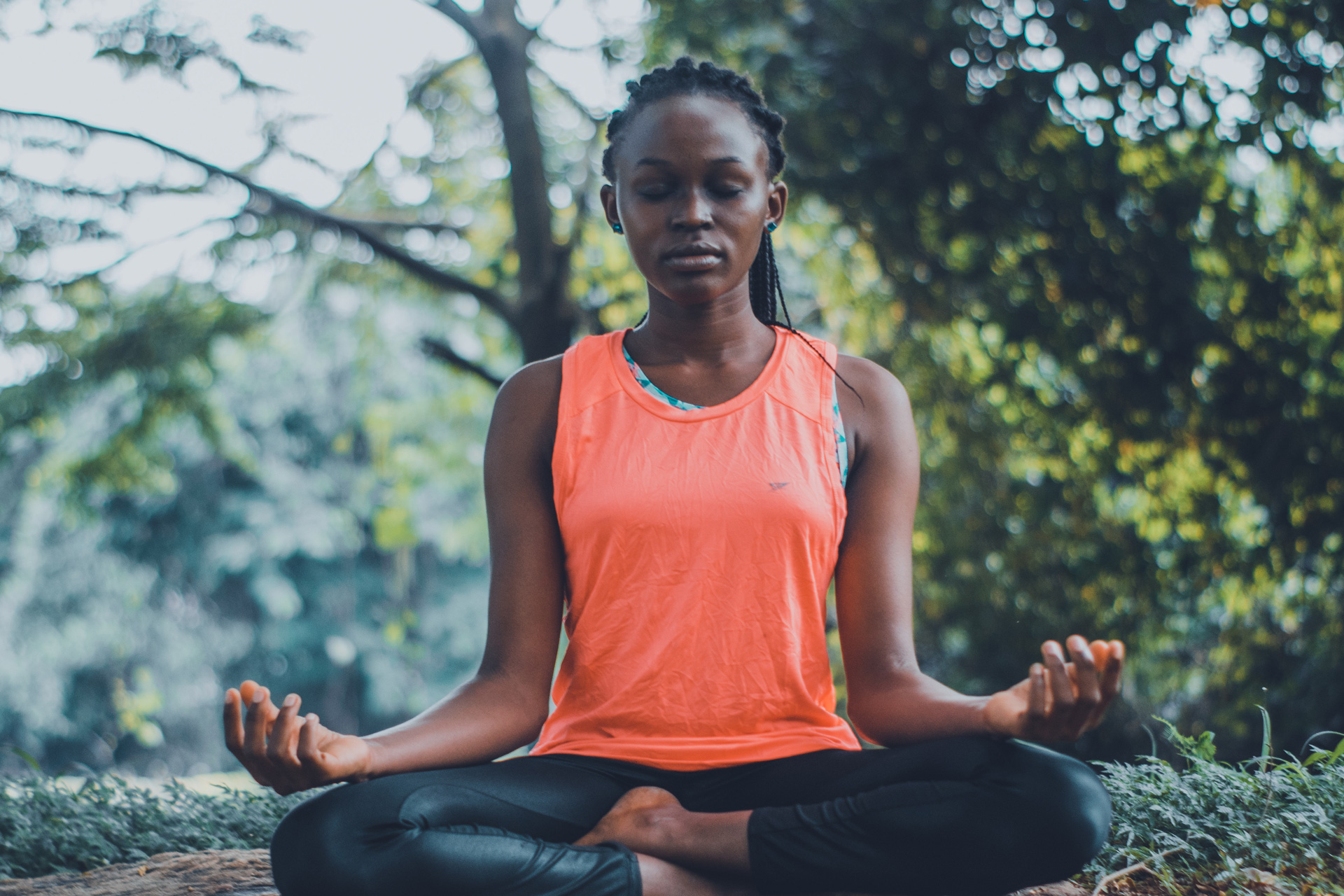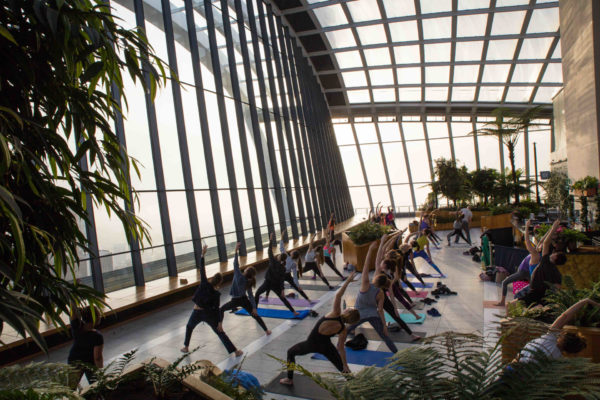A Guide To Breathwork
By
10 months ago
Changing the way we breathe can boost mental wellbeing

Every day we breathe around 22,000 times. But are we doing it right? Enter breathwork, a wellness practice which can be used as a powerful tool to help with everything from anxiety to sleep and mood. So how can we adopt it into our everyday lives? C&TH finds out more from London-based breathwork coach Fini Cooper.
A Guide To Breathwork
What is breathwork?
Breathwork is an umbrella term for many different ways of using the breath. It means firstly becoming aware of your breath, which so many of us aren’t, and then making conscious changes in order to benefit our mental, emotional or physical health.
What are the benefits?
There are so many benefits to breathwork, you wouldn’t believe! On a physical level, lung health is one of the biggest indicators of longevity. It also helps to boost the immune system, improve fertility, detoxify the body, reduce pain and more. On the emotional and mental levels it can help to reduce depression, manage or reduce anxiety, help decision-making, quieten racing thoughts… the list goes on. One of my favourite benefits is the deeper connection and understanding of self that you get, the extent to which has been greater for me personally than any other modality.
Can you tell us a bit about the science of why it works?
When you breathe consciously you begin to work with your autonomic nervous system which governs involuntary physiologic processes such as your heart rate, digestion, blood pressure, hormonal system and stress hormones. When you learn to regulate your breathing, you also begin to improve gas exchange in the lungs, which allows for better oxygen delivery to all the cells in the body, which all need oxygen to survive.
You also begin to move into a different brainwave state. For example, studies have shown that by slowing down your breath, you move into an alpha brainwave state which is associated with relaxation. Throughout the day we are usually functioning in a beta or high beta state, which is useful for getting things done but can also lead to feeling stressed.

Fini Cooper
What are the different types of breathwork? How do we decide which is best for us individually?
There are so many different ways to practice breathwork. The main areas I focus on are state-enhancing techniques, for example using a 30-second technique to increase energy in the body; nervous system regulation techniques for every day to begin to regulate our systems; and the deeper, therapeutic work which can release stored energy, emotions and potentially traumas. It’s best to start slowly with some deep, diaphragmatic breathing, and start building a relationship between you and your body. Working with a practitioner is a great way to gain a deeper understanding of the right path to take for you personally (especially if you are experiencing high anxiety), but deep, slow breathing is beneficial for virtually everyone so it’s a great place to start.
75 percent of people with anxiety have dysfunctional breathing patterns. Why is this and what can we do to help improve our own breathing patterns?
It’s quite a complex matter, but generally, when we feel stressed, anxious and have intense worries, our breath naturally becomes short, fast, and shallow as our nervous system moves into a sympathetic state because stress was originally designed to keep us safe from a predator – this is our state of fight or flight.
With the modern pace and demands of life, we feel stressed quite frequently and over time, our breath patterns change to a baseline that is dysfunctional. On the flip side of this, when our breath is short, fast and shallow, our brain receives signals that we are not safe and therefore the stress signals are continuously being perpetuated around the body. Also, when we over-breathe, we blow off excessive carbon dioxide, which means our bodies are less oxygenated as carbon dioxide is the catalyst that releases oxygen to the cells and the tissues.
For women, It is worth noting that breath rate increases during the luteal phase of the menstrual cycle, so focusing on slowing the breath during this time is even more beneficial for reducing anxiety symptoms. Becoming more conscious of our breath moment-to-moment and actively deepening and slowing it down will help us to retrain our patterns, but this takes time. The more times we check in with our breath and correct it, the better.
How can breathwork help with period pain and cramps?
Conscious breathing can help activate our parasympathetic nervous system, also known as the rest-and-digest system, which relaxes the body and moves it back to a more regulated state. When you breathe deeply, nitric oxide is released in the blood, reducing tension in the body’s tissues and muscles and also reducing the perception of pain.
For beginners, how can they get started?
I would suggest to start really simply by taking five minutes per day and starting to deepen and slow the breath. Ideally, you want to make sure that you are using your diaphragm, the primary breathing muscle, and the intercostal muscles, the supportive breathing muscles. This looks like an expansion in the lower ribs area, to the front, sides and back, so you have a kind of 360 expansion. Start to really get to know your body and breath this way. Notice how it feels to breathe, notice if the exhale or inhale is easier or more enjoyable for you, notice the sensations in your body.
An important thing to know is that the inhale is associated with the sympathetic, fight-or-flight branch of the nervous system, and the exhale with the rest-and-digest. Sympathetic is not bad, a healthy nervous system moves in and out of sympathetic and parasympathetic states throughout the day, but if you want to relax, you extend the exhale more than the inhale. Breathwork to relax or calm doesn’t need to be complicated, it’s actually quite simple but the key is consistency and daily practice.
Find out more about Fini at thebreathway.co.uk










